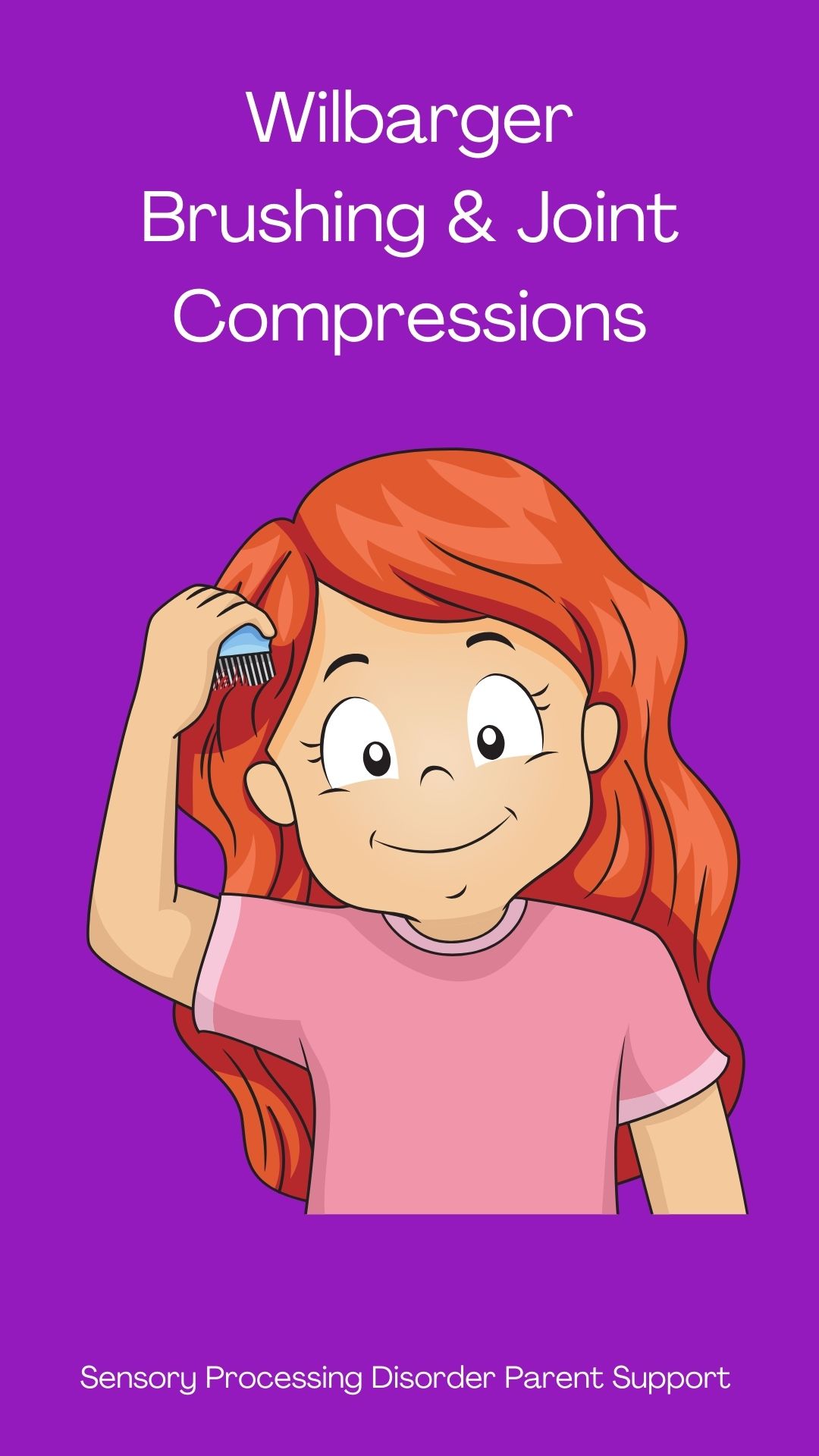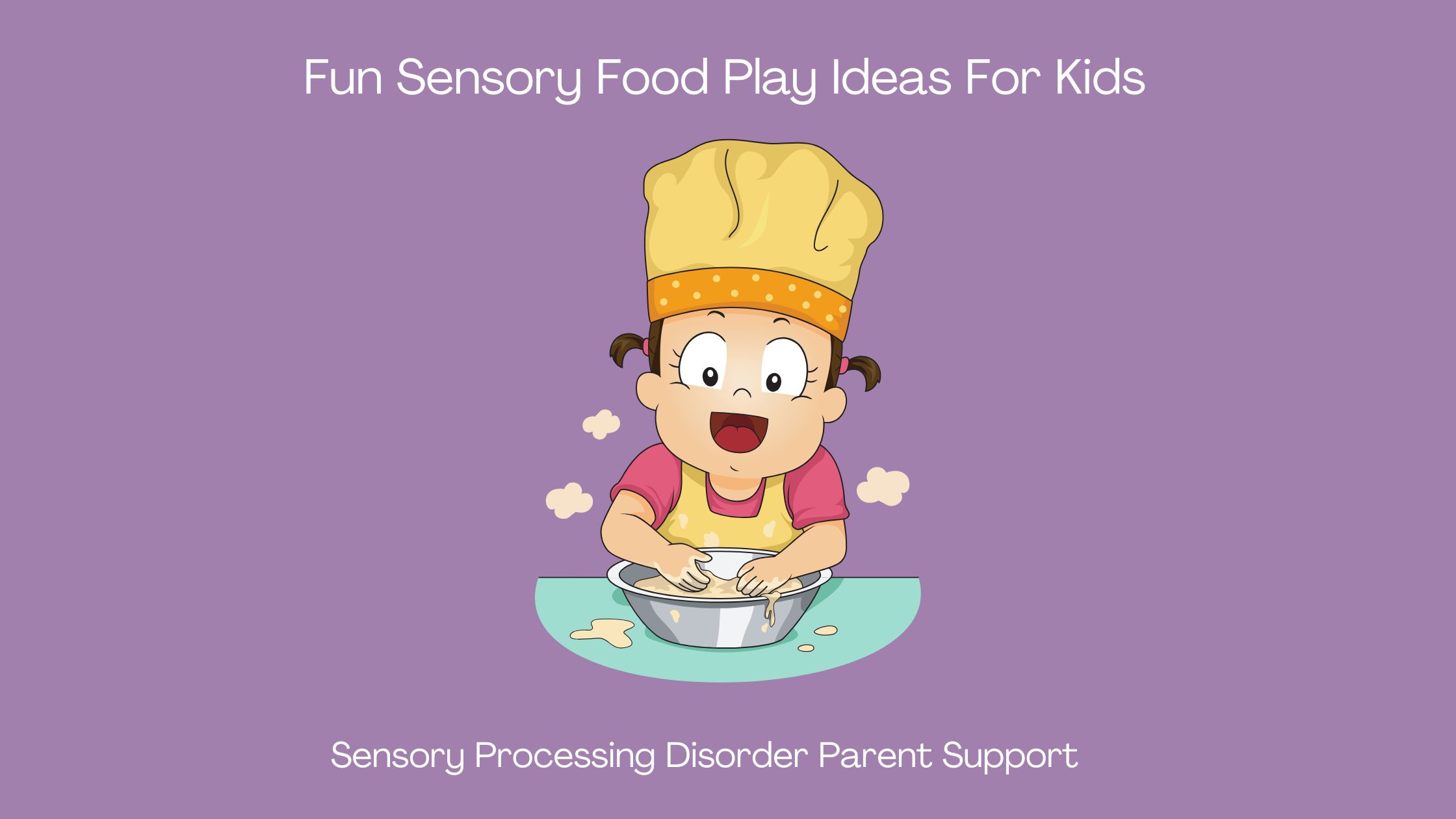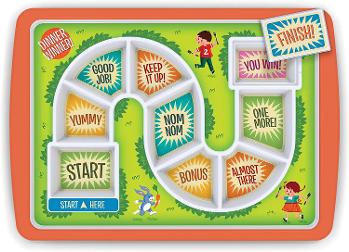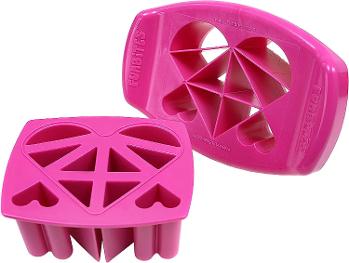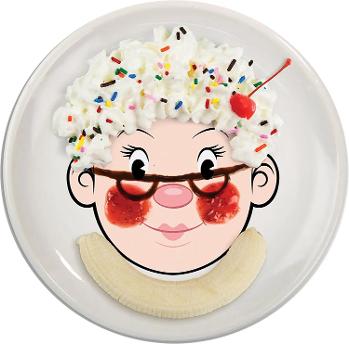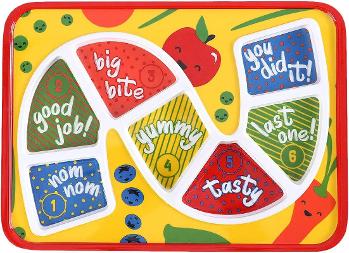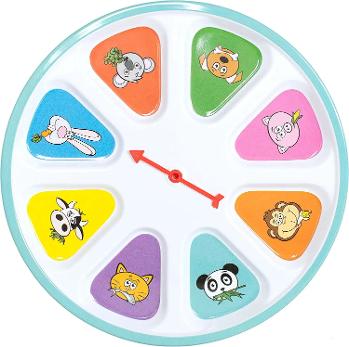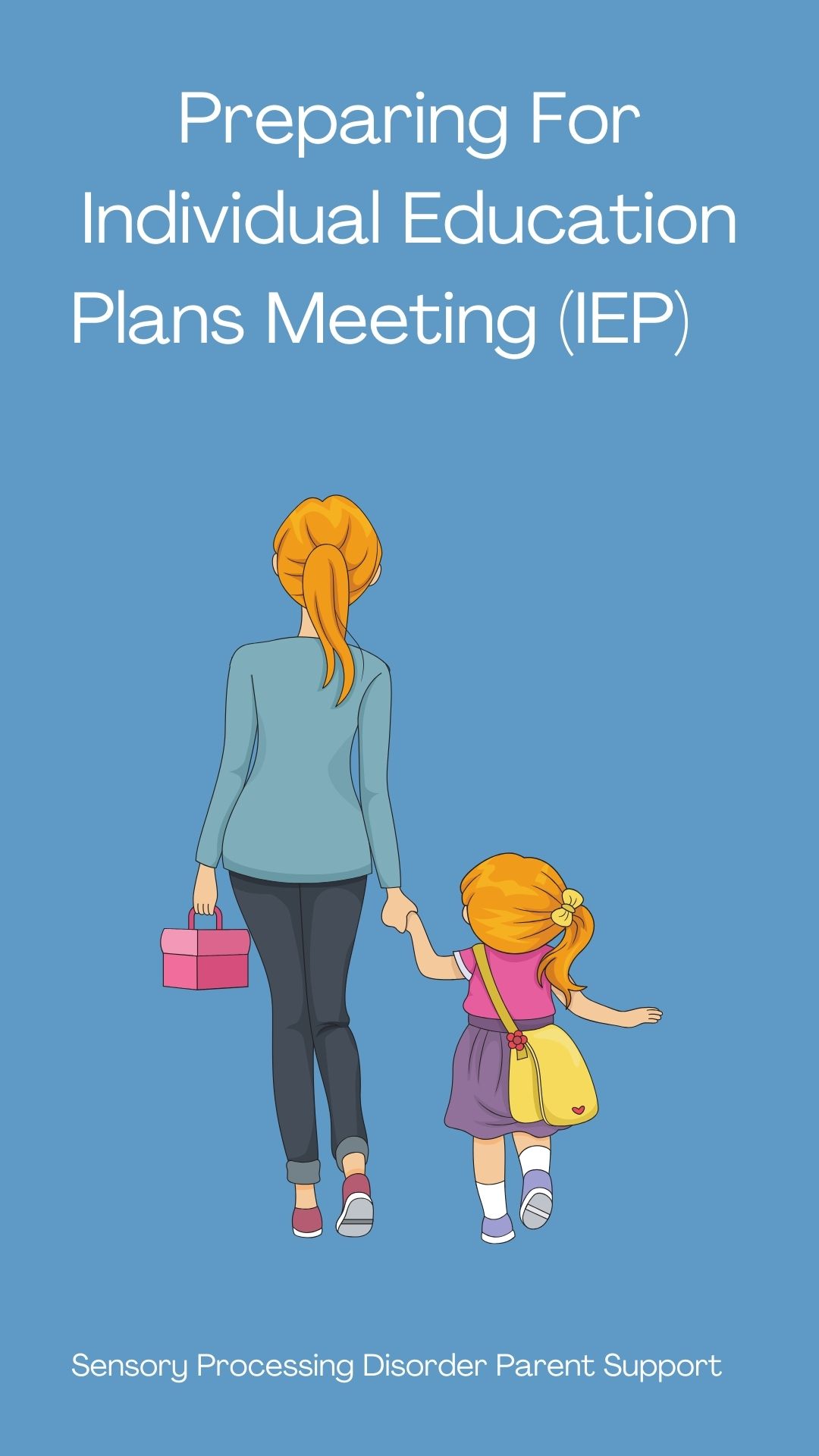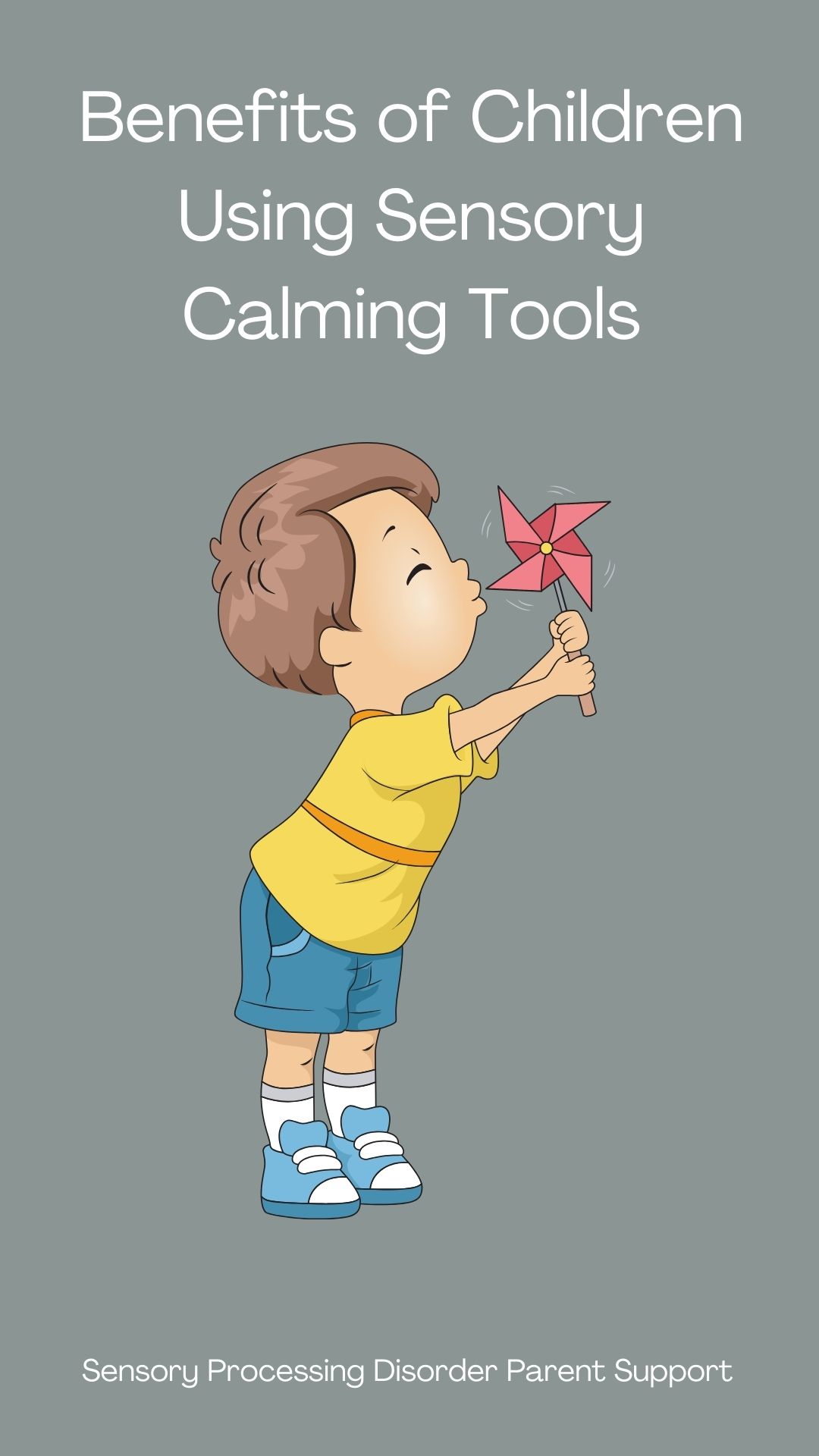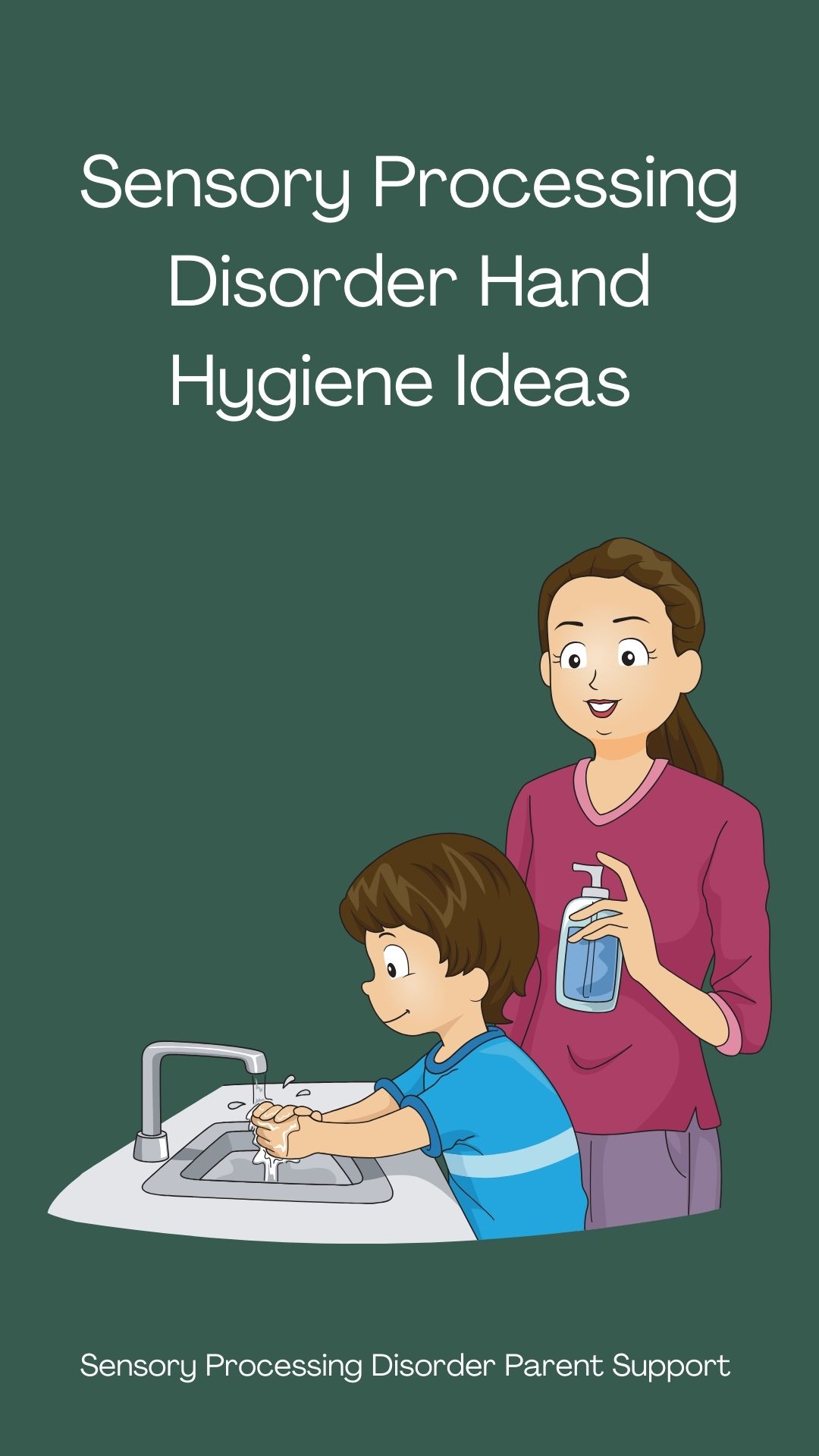Children with Sensory Processing Disorder will feel more comfortable trying new foods while participating in sensory food activities and games. It is important to remember; have fun, no pressure or no expectations. To help your child try new foods, try to do 1-2 sensory food activities a week with your child.
Involve your child in the process of choosing the weekly sensory food activity. Give them a few options to choose from because they will feel some control over the situation. Take your child grocery shopping, allowing them to be a part of the process when choosing healthy foods for their sensory food activities.
Include your child when cooking, baking or preparing different foods in the kitchen. There are safe utensils for children and kitchen tools that are made just for kids to be able to enjoy being in the kitchen and helping their parents preparing meals.
42 Fun Sensory Food Play Ideas
1. Rice sensory bin: Fill up a tray or bin with colored rice or white rice. Add toys and items for children to play in the sensory rice. Children can learn shapes, numbers and letters. This is a great sensory tool for independent play and exploration.
2. Playing in Jell-O: Jell-O is a fantastic sensory play activity. Sensory seekers love to get messy, but this is a great activity for avoiders to discover textures. Add toys for your child to find or a theme for play. Playing in Jell-O is a way for children to play with food and colder temperatures of food.
3. Pudding painting: Pudding play is a great sensory play activity. Let your child explore and play in the pudding with toys. Using their fingers to paint paper with the pudding.
4. Cooked/uncooked pasta play: cooked pasta and dry pasta are two common sensory play activities. Add the pasta to a sensory bin and allow your child to touch and play.
5. Puree and yogurt painting: Try using different textures and colors of puree or yogurt. Explore painting on paper with the puree or yogurt.
6. Sensory bags: Fill a Ziplock bag with cooked colored noodles, mashed potatoes or any food with different textures; have your child squeeze and touch the food in the plastic baggie.
7. Fruit kabobs: Making fruit kabobs can be a creative way to touch food while adding to the kabob. Cutting out shapes with cookie cutters too for extra fun.
8. Funny face food plate: There are funny face plates to have fun with food. You can have your child add anything to the plate and create funny faces.
9. Letter practice: Add salt or sugar to a tray and have your child use their fingers to create letters and numbers. Draw pictures in the sugar or salt. I have seen some use sensory rice, beans, sand or different foods.
10. Edible play dough: There are a lot of edible play dough recipes online. Sensory play dough is a very common sensory activity for kids. Explore using different scents and flavors.
11. Textured food play: Play and explore with different food textures. Squeezing mashed potatoes or running their fingers through other textured foods.
12. Cheerios or Fruit Loop necklaces: This can not only be a fun fine motor and food exploration activity, but your child can eat the cereal off of the necklace as a snack too.
13. Cookie, cake or cupcake decorating: This is not only a delicious treat but a way to be creative and explore with food. Present a decorating set up for your child and allow them to decorate.
14. Make pizza: Making pizza can be so fun for kids. Including them in the cooking process where they can learn life skills. Adding the food to their pizza that they love or would like to try.
15: Food stamps: Making stamps with food is easy and fun for children. Using a pepper cut in a circle, cut an orange in half, use mushrooms, adding dried pasta to a piece of wood or homemade potatoes stamps. Your child can also use these stamps with pudding or whip cream too.
16. Smell and tasting game: You can blindfold your child and have the guess foods you are presenting to them without seeing them. Ask your child to smell the food, lick the food, touch the food or taste the food and guess what food it is. You can also try this with condiments or dips too.
17. Mindful eating: Mindful eating can be a great way to introduce new foods to your child. I have seen people use mindful eating activities with oranges, strawberries, apples and raisins too! You can choose which foods your child is most comfortable eating.
Using the 5 senses will help your child develop new healthy eating habits.
Hear: Does it make noise? Can you hear anything when you bite it?
See: What do you see? What color or shape it is?
Feel: What does it feel like? Is it rough, squishy or soft? Is it sticky? Is it dry or wet?
Smell: Can you smell it? What does it smell like? Does it smell like any other foods?
Taste: How does it taste? Is it sweet or sour? Does it taste like any other foods you like?
18. Dipping buffet: There are so many dips to try and experimenting with different dips can be a way for your child to want to eat more foods. Create a dips buffet and allow your child to dip some different foods in the dips or putting their fingers in the dips to try them. Let them smell the dips to see if they enjoy the scents of some dips.
19. Marshmallow and pretzel building: Using marshmallows and pretzels your child can build creations by pushing the pretzels into the marshmallows. Have a contest to see who can build the tallest marshmallow and pretzel tower. You can also build a snowman or other fun structures too.
20. Food tic-tac-toe: Using food such as Asparagus to create a tic-tac-toe game and other pieces of food for the X and O's. Allowing your child to smell, lick or taste the foods.
21. Edible slime: There are a lot of slime recipes online that are not edible as they contain borax but there are many that are edible using marshmallows, candy, corn syrup or condensed milk. Most slimes are not safe to eat and are toxic but for children who are exploring taste; edible slimes are a perfect sensory activity.
22. Food art: There are so many creative ways to cut food with cookie cutters and create pictures with food. This is a fun sensory activity that children can join in on the fun.
23. Spaghetti rainbows: Create rainbows with fruit. Using different colors. Ask your child to lick, smell and touch the fruit. Involve your child in building a rainbow of fruit.
24. Pumpkin play: Pumpkin sensory play can be fun but not for avoiders as much. Carving pumpkins, pumpkin sensory bins with seeds and baking seeds can all be great sensory food activities.
25. Alphabet play: cooked alphabet pasta or alphabet soup is a learning tool and a sensory food activity to help children learn letters and explore touching food. Dry alphabet pasta in a sensory bin is another learning and food exploration activity to try.
26. Pretend kitchen play: Pretend kitchen toys and pretend kitchen play are both ways to explore learning about food and touching food.
27. Tea parties: Tea parties with children are a way to connect and bond. Playing together and pretending to have a tea party. Try adding some different drinks for your child to try.
28. Cookie cutter fruit fun: Cutting fruit out with cookie cutters are so fun. This is a great learning sensory activity and an opportunity to create photos with fruit or taste more fruit.
29. Colorful whip cream painting: Whip cream sensory play is a common sensory activity for children with Sensory Processing Disorder. Add food coloring and make the whip cream colorful. A fun activity in the bathtub so they can get messy with easier clean up.
30. Painting rainbow toast: Using edible paint; your child can paint toast with a paint brush.
31. Cereal art: take a photo from a coloring book, draw a picture and have your child put the colorful cereal on the photo. They can also use the colorful cereal pieces to create their own art too. You can also try this activity with colorful beans and rice too.
32. Marshmallow rainbow: Using different colors rainbows; ask your child to help your build a rainbow with the different colors of marshmallows.
33. Photos with seeds: Making art with seeds on paper can be a great way to touch and explore with different food seeds. Painting the seeds can be a tactile sensory activity too. Glue the seeds onto the paper creating art or a photo.
34. Building with toothpicks and grapes: Taking toothpicks and building creations or towers with grapes is a great food exploration activity. Asking your child to touch, lick or bite the grapes.
35. Skittles and milk experiment: The skittles experiment is another low-cost activity for kids. You can try different temperatures and liquids too. Put your skittles on a plate in a circle and carefully pour water in the circle and the colors will spread into a beautiful rainbow.
36. Fruit necklace: Fruit necklaces are a sensory fine motor activity and a yummy healthy snack for later. Ask your child to touch, lick and taste the fruit as they are creating their fruit necklace.
37. Worms & dirt: Create an edible worms and dirt sensory bin for your child. Chocolate pudding, crushed Oreos and gummy worms. You can add some toys and let your child play, explore and possibly taste the food. They may also enjoy hiding the gummy worms and digging through the pudding and Oreos to find them too.
38. Playing food games: Playing food games with children can be a way for them to feel more comfortable with food and eating. There are a lot of food games for children you can purchase, or you can make up some for your child too. There are many different ideas you could try. Your Occupational Therapist may also have some fun food ideas that you could try.
39. Tower building: Cut up vegetables and fruits in different shapes and sizes or use other food items like crackers and build a tower. Make it a fun game and have a competition to see who can build the highest tower. Touching, smelling or tasting foods as they build their tower.
40. Ice-cream sensory play: You can use real ice-cream although it melts quickly, or you can use whip cream. Create an ice-cream sensory bin for your child completed with all the toppings for an ice-cream buffet in a bin. Add silicone cups and scoops. They will have fun creating the perfect ice-cream treats.
41. Guessing what's in the mystery bag: Put 4-5 different fruits or vegetables in a bag. You can blindfold or ask your child to close their eyes while they reach in the bag and pull one of the foods out of the bag. Asking them to feel it, lick it and smell it to see if they can guess what the food is. Ask them to take a bite and chew and see if they can guess the food they pulled out of the bag.
42. Homemade popsicles: Making popsicles can be so fun for kids. Using a blender; you can add juices, yogurts or fruit. You can suggest having a licking contest or ask your child to try tasting different popsicle flavors. Make it fun by using different popsicle molds. Smoothie popsicles can also add more nutrition to your child's diet.
